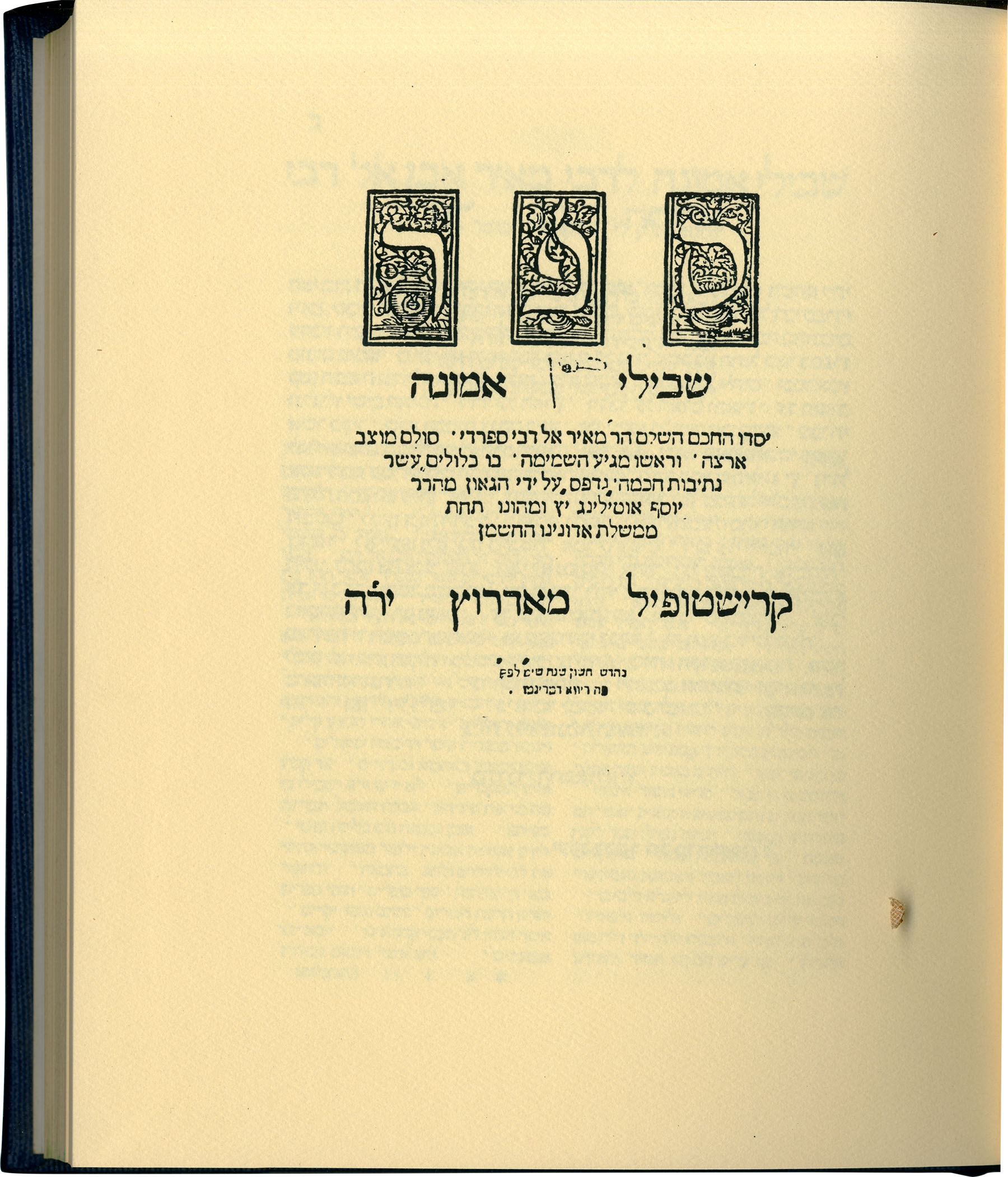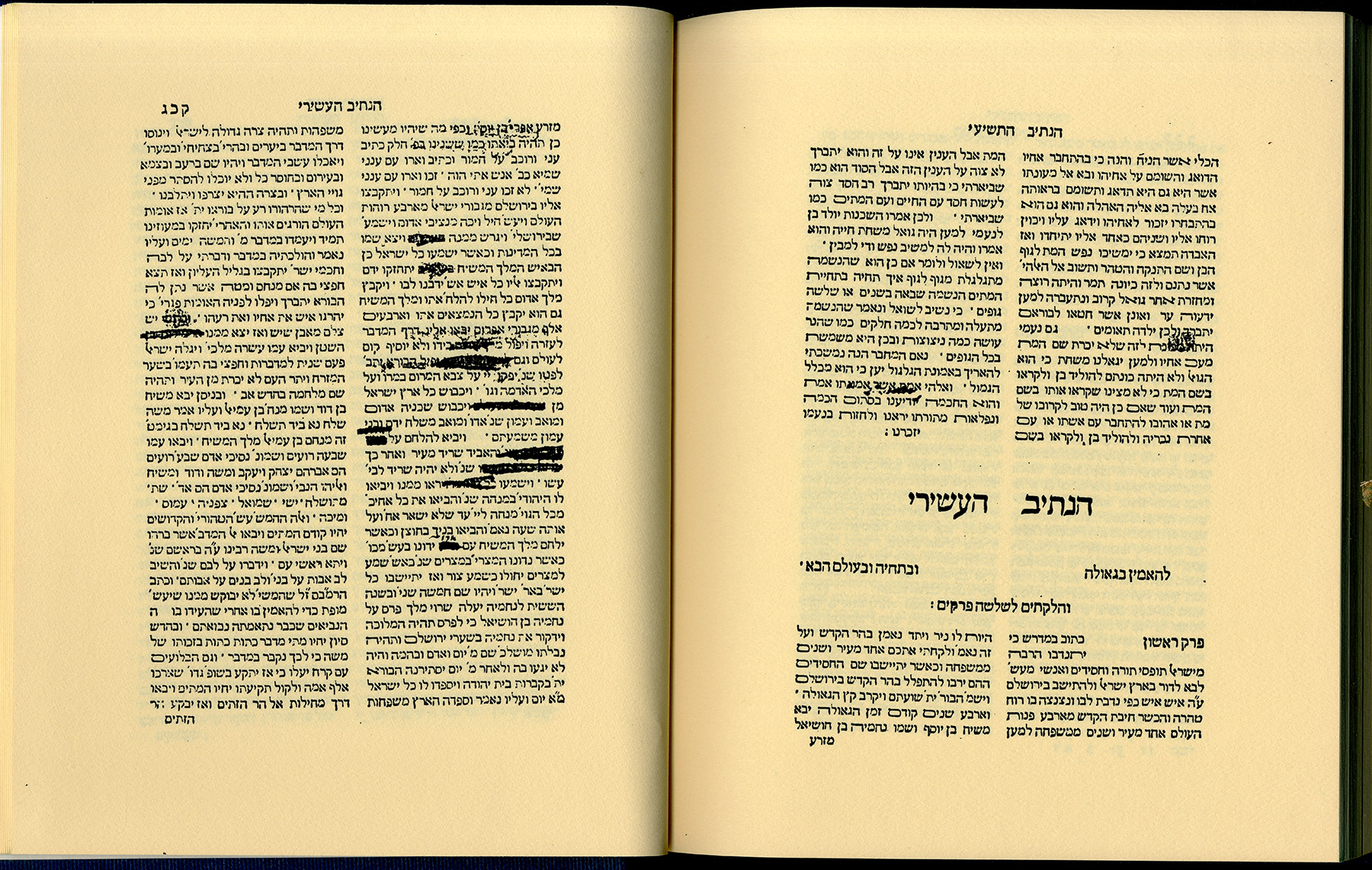In 1346 or thereabout Meir Aldabi, a Toledan polymath, immigrated to Jerusalem where he resided until his death fourteen years later. During this final period of his eventful life, Aldabi completed his magnum opus, The Paths of Faith [Shevile Emunah]
Despite its popularity among a variety of circles and over the course of several centuries, The Paths of Faith has received scant attention in modern scholarship. Previous generations of intellectual historians saw in this work a clumsy, unoriginal concoction of earlier theoretical or pre-existing encyclopedic material. Closer attention, however, to the ways in which Aldabi put to use the material he reproduced reveals that, in fact, he undertook a unique, herculean effort to harmonize diverse and often contradictory intellectual tendencies that shaped the Jewish contemplative landscape of his times, into one spiritual program. As such, The Paths of Faith does not only list, but in fact, reconciles and hence redefines rationalist, conservative, and mystical energies that had been pulling in different directions.
One such intellectual impulse that Aldabi accommodates stems from a tradition that he must have encountered while in Jerusalem. The tenth and ultimate chapter of the book, about the Redemption, features a processed version of a homily that was penned by an anonymous scholar who immigrated to Acre in the beginning of the thirteenth century. By invoking a messianic framework, this homily reflects on questions of conquest and possession of the Holy Land, in a way that places it in dialogue with contemporaneous Christian and Muslim holy war literature. What is more, this text became the rhetorical and ideological backbone for a number of such homilies subsequently composed by Jews in the Near East under Frankish and Mamluk rule. The Paths of Faith, therefore, encompasses many important trajectories that became manifest through cultural, intellectual, and linguistic contacts between Jews and their neighbors in the late medieval Mediterranean.

